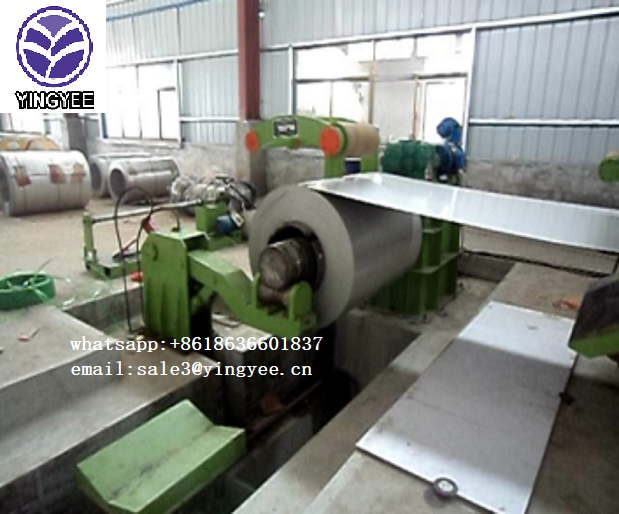
Road Safety Barrier Cold Bending Machine Enhancing Safety through Innovation
In an era where road safety is paramount, the design and installation of effective road barriers play a crucial role in preventing accidents and protecting lives. One of the key innovations in this field is the development of the cold bending machine specifically designed for road safety barriers. This machine not only enhances the efficiency of manufacturing barriers but also improves their overall structural integrity and safety performance.
Importance of Road Safety Barriers
Road safety barriers are essential in minimizing the impact of vehicular collisions, particularly on highways and high-traffic areas. They are designed to absorb and redirect energy, preventing vehicles from veering off the road and reducing the severity of accidents. As road infrastructure continues to evolve, the demand for advanced safety measures has led to innovative manufacturing processes, one of which is facilitated by cold bending technology.
What is a Cold Bending Machine?
A cold bending machine is used to bend metal materials without the application of heat. This process is critical in the manufacture of road safety barriers, which typically require precise shaping to ensure they perform optimally in the event of an impact. The cold bending technique allows manufacturers to create various shapes and curves that conform to specific road designs and safety standards.
Benefits of Cold Bending Machines in Barrier Production
1. Precision Engineering Cold bending machines offer high precision in shaping metal, ensuring that every barrier segment is manufactured to specifications. This accuracy is crucial for the overall performance of the barriers when installed, as any inconsistencies can compromise safety.
2. Material Integrity Unlike hot bending processes, cold bending preserves the material's mechanical properties, ensuring the strength and durability of the metal. This is especially important for road safety barriers, which must withstand extreme conditions and impacts.

3. Cost Efficiency The cold bending process tends to be faster and requires less energy compared to traditional hot bending methods. This efficiency translates into reduced production costs, allowing manufacturers to provide high-quality barriers at competitive prices.
4. Versatility Cold bending machines can work with various materials, including steel and aluminum, enabling the production of different types of barriers designed for specific environments and applications. This versatility is essential for catering to the diverse needs of urban, rural, and highway settings.
5. Sustainability With an increased focus on eco-friendly practices, cold bending also contributes to sustainability. The reduced energy consumption during the bending process, along with the potential for recycling materials, aligns with global efforts to create greener manufacturing practices.
Applications of Cold Bending Technology
Cold bending technology can be applied to a variety of road safety barriers, including cable barriers, concrete barriers, and metal guardrails. The ability to create tailored designs improves the effectiveness of each barrier type, making it suitable for various conditions, such as steep inclines, tight curves, and high-speed roadways.
For instance, in areas prone to harsh weather conditions, barriers made from cold-bent metal can be designed to withstand snow and ice buildup, preventing sliding and maintaining the safety of drivers. Similarly, custom-shaped barriers can be employed in urban settings where space is limited, ensuring that road safety is not compromised while accommodating the urban landscape.
Conclusion
The road safety barrier cold bending machine represents a significant advancement in the field of road safety manufacturing. By improving the precision, efficiency, and effectiveness of barrier production, this innovation plays a vital role in enhancing road safety measures. As the demand for safer roads continues to grow, the integration of advanced technologies like cold bending machines will be essential in developing solutions that protect lives and promote safer driving environments. As manufacturers adopt these machines, we can expect to see not only improved barrier designs but also a profound impact on overall road safety, paving the way for a safer future on our roads.